Common Brushing Mistakes
1. Brushing Too Hard
It seems logical—more pressure, cleaner teeth. But brushing too hard wears down enamel and irritates gums.
2. Using the Wrong Toothbrush
A hard-bristled brush or an oversized head can be damaging and ineffective, especially for people with sensitive gums or small mouths.
3. Not Brushing Long Enough
Most people fall short of the recommended two minutes. Quick brushing misses plaque and leads to buildup.
4. Skipping the Gum Line
Plaque loves hiding near the gum line, yet many people neglect this area, leading to gingivitis and periodontal problems.
5. Forgetting to Replace the Toothbrush
Old bristles become frayed and ineffective. Replace your toothbrush every 3-4 months or after an illness.
6. Brushing Right After Eating
Acidic foods soften enamel. Brushing immediately can do more harm than good. Wait at least 30 minutes.
The Role of Individualized Care Plans
While these mistakes are common, correcting them isn’t as simple as handing out the same advice to everyone. That’s where individualized care plans come in.
Personalized Assessment
Every mouth is different. Dentists can identify unique factors—like Sarah’s tendency to miss molars or John’s aggressive brushing habits. By tailoring advice to individual behaviors, care becomes more effective.
Customized Tools
Someone with braces might need an interdental brush. A patient with arthritis might benefit from an electric toothbrush with a wide grip. Individualized plans recommend the right tools for each person’s needs.
Targeted Education
Patients often hear, “brush better,” but don’t know what that means for them. A custom plan breaks it down: proper angles, ideal timing, flossing technique, and more.
Monitoring and Feedback
With regular check-ins and progress tracking, patients are more likely to follow through. Personalized care fosters accountability and helps catch problems early.
Improving Compliance and Engagement
Sarah’s transformation didn’t happen overnight. What made her stick with the plan? It was the sense of ownership and understanding she gained from her dentist. Here’s how individualized care improves compliance:
-
Relevance: When advice fits real-life routines, it feels doable.
-
Trust: Patients feel heard and supported.
-
Empowerment: Knowledge turns passive patients into proactive participants.
Long-Term Benefits of a Personalized Approach
Preventive Power
Customized brushing techniques and tools can significantly reduce cavities, gum disease, and the need for invasive procedures.
Cost Savings
Fewer dental issues mean fewer visits and less spending over time.
Better Overall Health
Oral health is linked to heart disease, diabetes, and more. Maintaining good habits reduces these risks.
Lasting Habits
When a routine is built around your lifestyle and preferences, it’s more likely to stick for the long haul.
Conclusion
Brushing your teeth is something you do every day—but doing it right is more personal than most people realize. Avoiding common mistakes is a start, but a customized oral care plan takes it to the next level. Just like Sarah discovered, a plan made just for you can turn routine brushing into a powerhouse of prevention.
So the next time you pick up your toothbrush, ask yourself: am I brushing for me, or just brushing?
FAQs
1. How do I know if I’m brushing correctly? Ask your dentist for a technique demonstration. You might also benefit from disclosing tablets that show missed areas.
2. What type of toothbrush is best for me? It depends on your mouth size, dental health, and any conditions like braces or arthritis. A dentist can recommend the best fit.
3. Is an electric toothbrush better than a manual one? For many people, yes. Electric brushes often remove more plaque and are easier to use effectively.
4. Why do I still get cavities if I brush regularly? You might be missing spots, brushing too quickly, or not flossing. Diet and genetics also play roles.
5. How often should I change my toothbrush? Every 3-4 months or sooner if the bristles are frayed.
6. Should I brush after every meal? Not immediately. Wait 30 minutes after eating acidic foods to protect your enamel.
7. Can brushing too hard cause damage? Yes, it can erode enamel and harm your gums.
8. What’s the best way to build a brushing habit? Use reminders, link brushing to another habit, and choose tools you enjoy using.
9. Do kids need different brushing routines? Yes, based on age, tooth development, and manual dexterity. Pediatric dentists provide tailored plans.
10. How do individualized plans help with gum disease? They target specific problem areas and suggest specialized tools or rinses to reduce inflammation and plaque buildup.

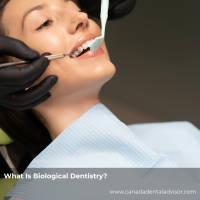

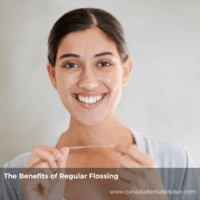



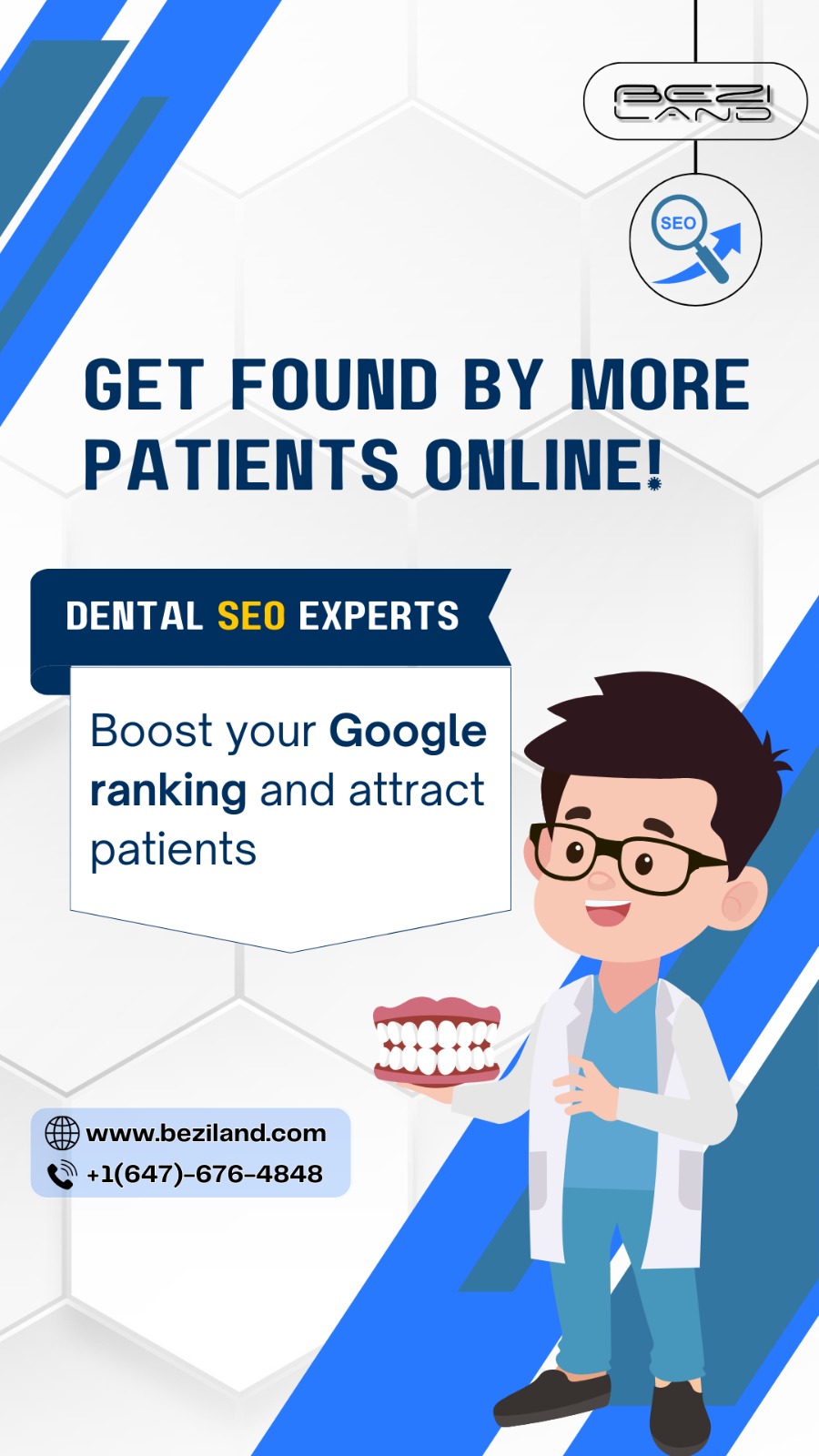
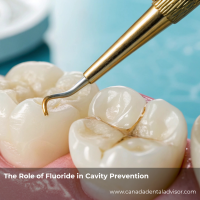
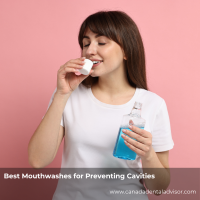

Leave a Reply